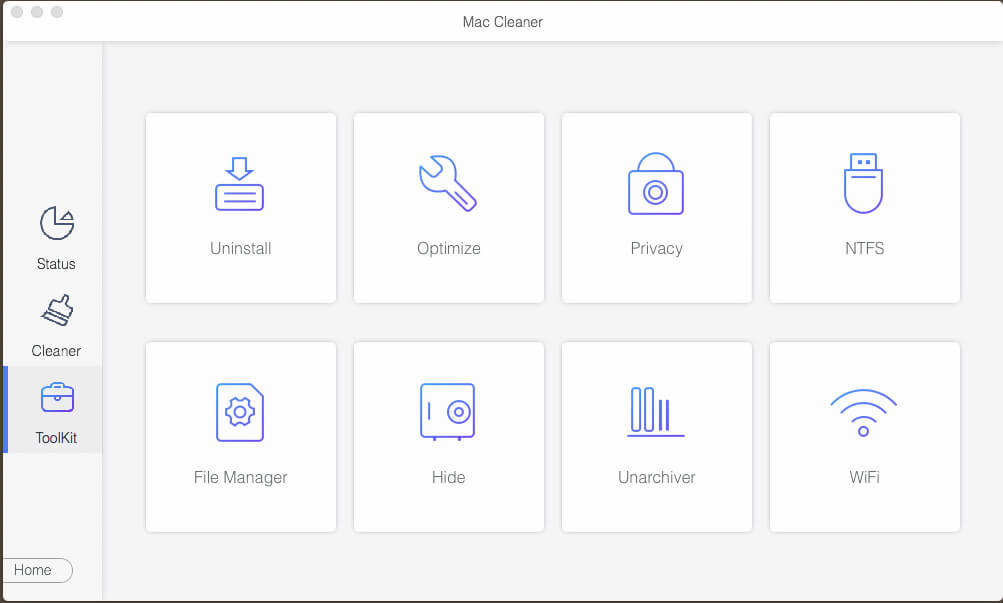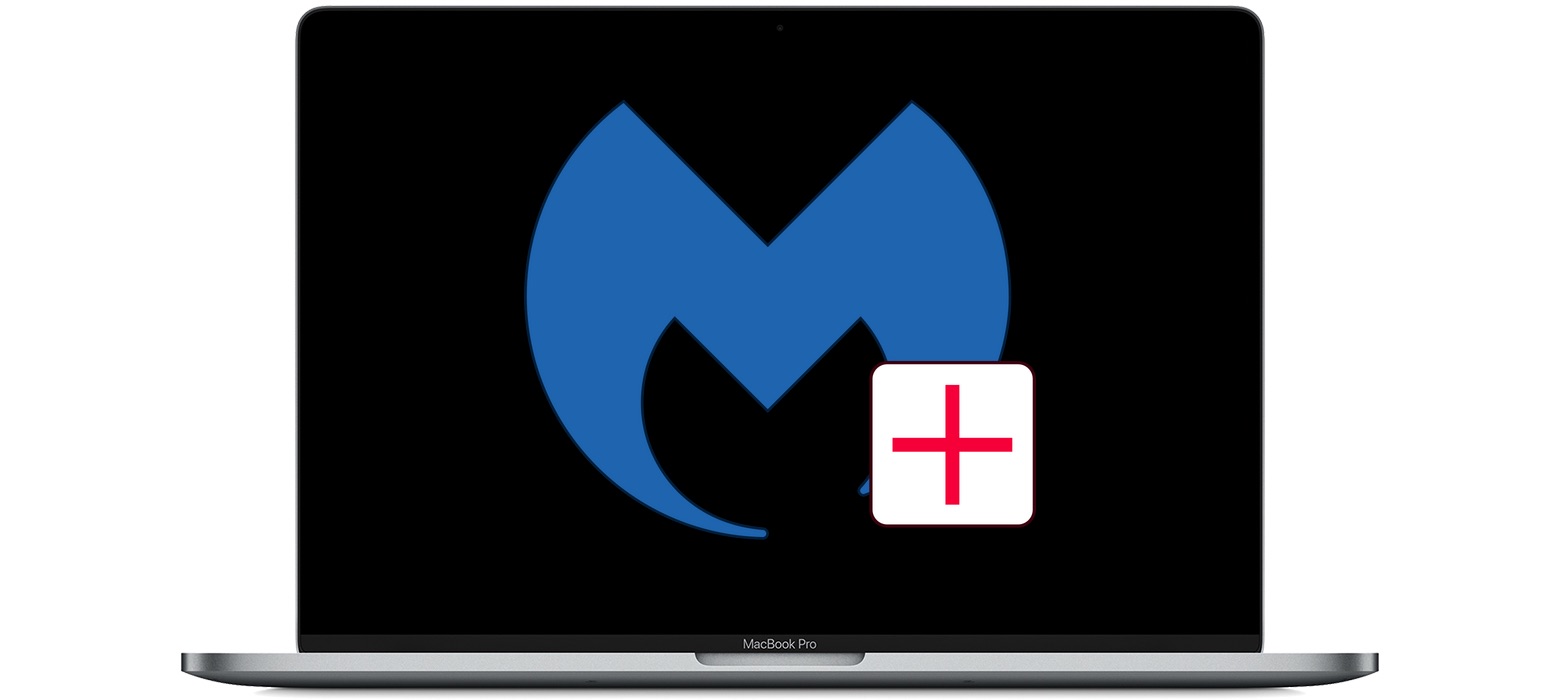
- COMPLETELY UNINSTALL MALWAREBYTES MAC INSTALL
- COMPLETELY UNINSTALL MALWAREBYTES MAC UPDATE
- COMPLETELY UNINSTALL MALWAREBYTES MAC PATCH
- COMPLETELY UNINSTALL MALWAREBYTES MAC CODE
(According to TAG, more than 200 machines may have been targeted for infection at the time it discovered the campaign.) This allowed attackers to target individuals running Catalina and Safari 13 without detection.
COMPLETELY UNINSTALL MALWAREBYTES MAC PATCH
However, the same bug apparently existed in Catalina, which remained unpatched seven months after Apple released the patch for Big Sur, and more than five months after the details had been released at Zer0con. Pangu went on to present their findings in April at the Zer0con security conference. Apple knew about the vulnerability long before, and fixed it in macOS Big Sur, after the team who found it, Pangu, alerted Apple of the issue. Catalina wasn’t fixed for more than seven months?!
COMPLETELY UNINSTALL MALWAREBYTES MAC UPDATE
Mention of the fix was added on September 23, after Google alerted Apple to the issue and on the same day Apple released Security Update 2021-006 Catalina, to fix the issue in macOS Catalina. The second was apparently also fixed in Big Sur 11.2, on February 1, although it was not originally mentioned in the release notes. The latter would have fixed the problem on macOS Catalina (10.15) and macOS Mojave (10.14), if users had upgraded to Safari 14. The first of these was patched on February 1, with the release of macOS Big Sur 11.2 and Safari 14.0.3.
COMPLETELY UNINSTALL MALWAREBYTES MAC CODE
This means that it could be used to run arbitrary code with the highest level of permissions possible when it should not actually have that level of access. The second vulnerability, CVE-2021-30869, was a privilege escalation bug. This means that it allowed an attacker to trick WebKit – the foundation of Safari and a number of other browsers – into executing arbitrary code, which is not supposed to be possible. The first vulnerability used by the malware was CVE-2021-1789, which was a remote code execution (RCE) vulnerability in WebKit.


The vulnerabilities had been fixed… sort of Some of the executable files dropped by this installer from 2019 are nearly the same as the ones currently in distribution, but were (as of Thursday) still undetected by any antivirus software.
COMPLETELY UNINSTALL MALWAREBYTES MAC INSTALL
Back then, it was distributed as a trojan, in an installer disguised as – you’ll never guess – an Adobe Flash Player installer!įake Adobe Flash Player installer used to install the malware This malware has been in the wild, with very few changes, since at least 2019. The malware itself is a pretty full-featured backdoor, but what is most remarkable about it is not its capabilities. The vulnerabilities were used to drop malware onto the computer silently, without the user needing to click on anything or even being aware that anything has happened. This campaign was using two macOS vulnerabilities to infect Macs that simply visited the wrong web page.Ī watering hole attack is one that’s deployed through a website that the desired target is likely to visit, so named because of the way predators will hide near a watering hole that is frequented by their prey. Google’s Threat Analysis Group (TAG) discovered a watering hole campaign in Hong Kong, targeting journalists and pro-democracy political groups. Watering hole campaign discovered by Google And new Mac malware that was disclosed on Thursday provides a concrete example of why this is not just theory. In theory, this could lead to attacks on those vulnerable systems.

Often, systems older than the most current one were left in vulnerable states. His findings showed a shocking number of cases where Apple patched a vulnerability, but did not do so in all of the vulnerable system versions. As mentioned in some of our previous coverage, security researcher Joshua Long recently shone a light on problems with Apple’s security patching strategy. Apple’s reputation on security has been taking a beating lately.


 0 kommentar(er)
0 kommentar(er)
